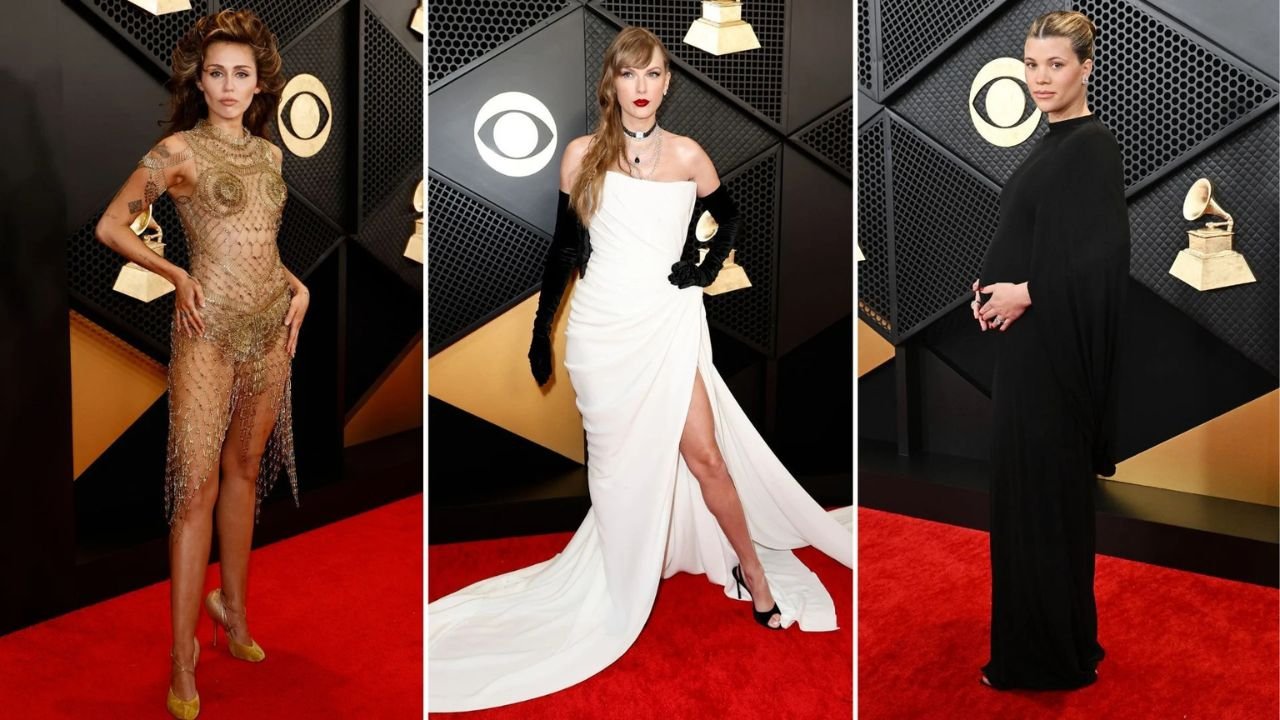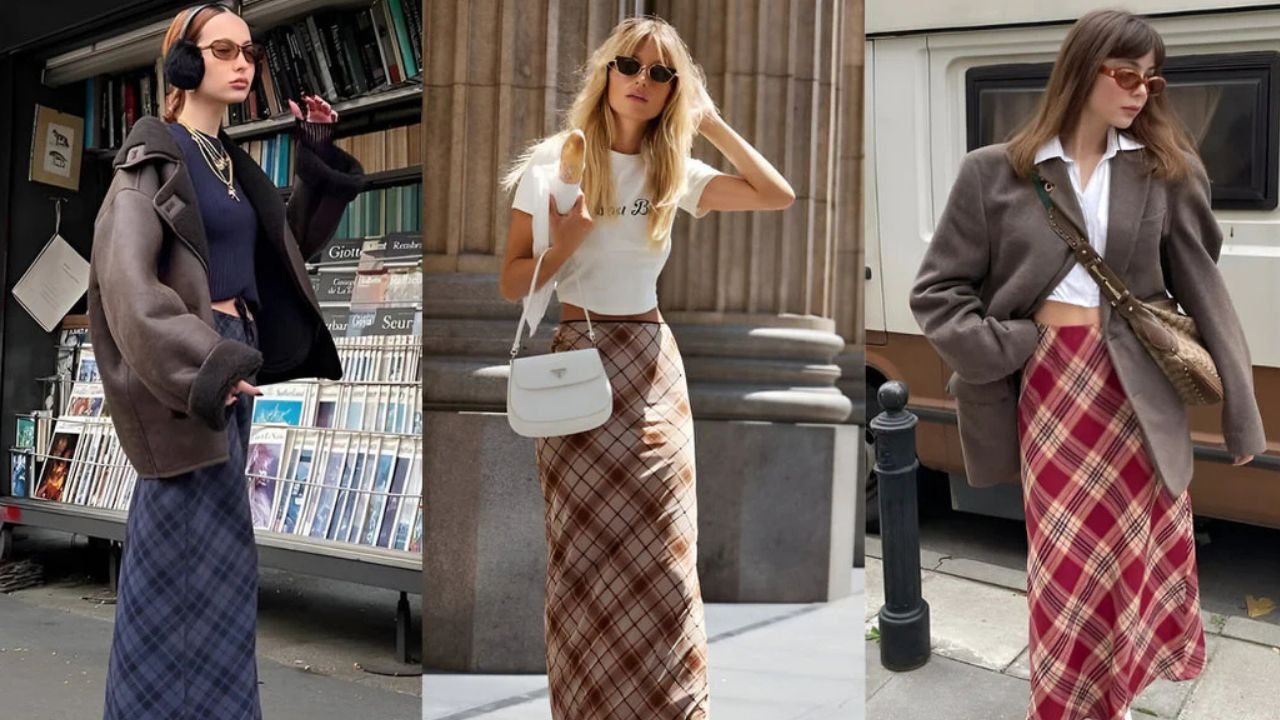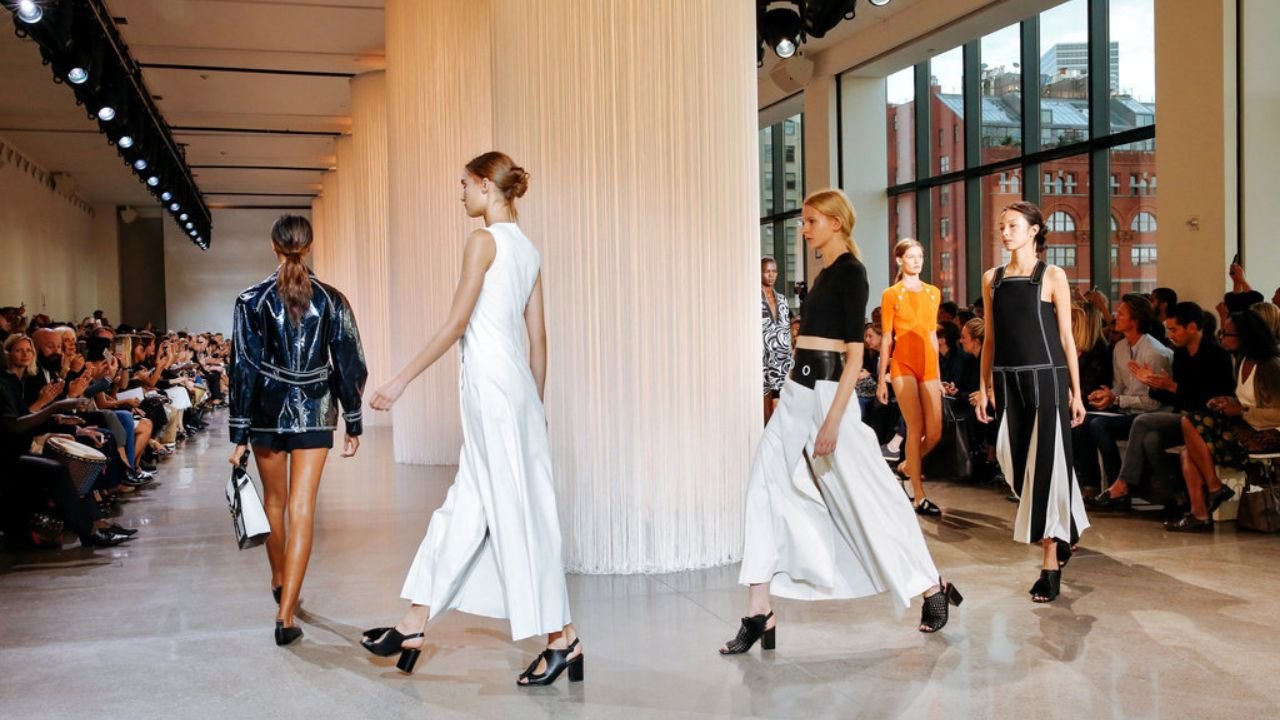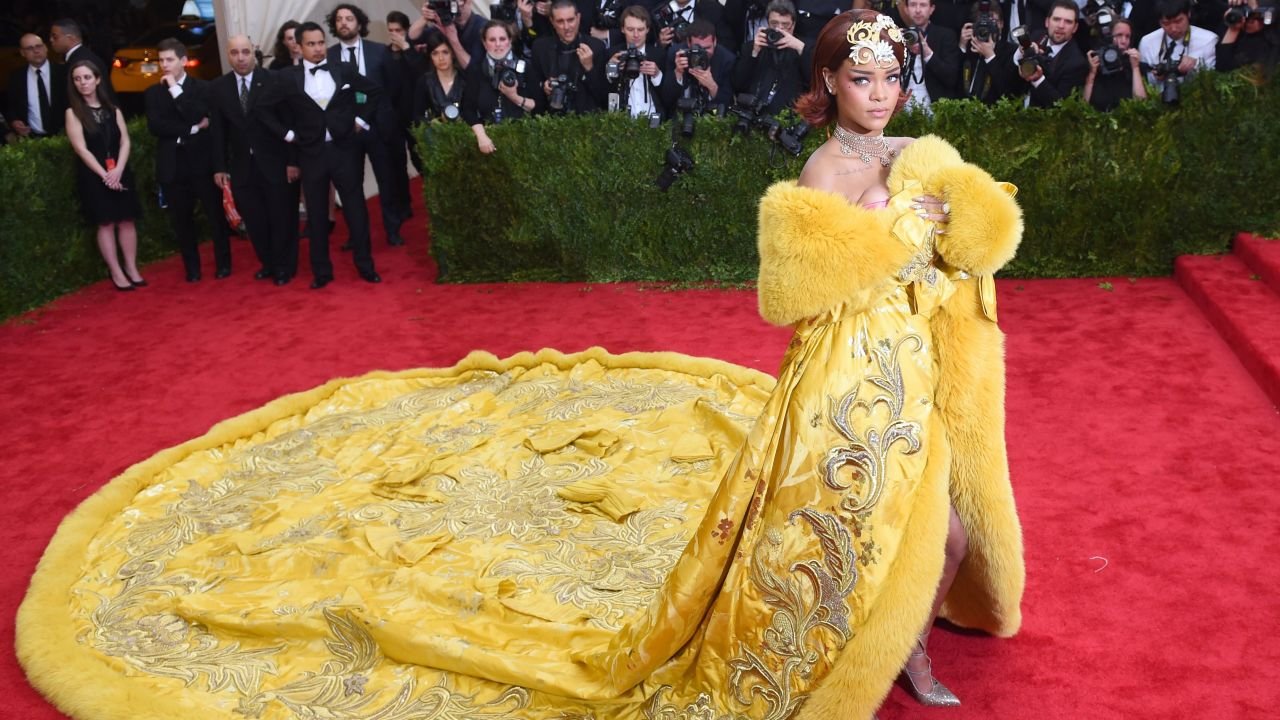Introduction
Fashion is an ever-evolving art form, constantly influenced by cultural shifts, technological innovations, and creative experimentation. Among the most captivating trends to grace the red carpet, metallics have consistently stood out for their boldness, glamour, and futuristic appeal. From shimmering gowns to edgy accessories, metallics evoke a sense of celebration, power, and innovation.
In recent years, the trend of Hot Metallics has surged in prominence, captivating celebrities, designers, and fashion enthusiasts alike. This trend signifies more than just shiny fabrics—it embodies confidence, forward-thinking, and a celebration of individuality. As we explore the history, evolution, and future of metallics on the red carpet, we will uncover how this trend reflects broader cultural narratives and fashion’s endless pursuit of innovation.
The Origins and Historical Context of Metallic Fashion
Early Influences and Pioneering Moments
Metallic fashion’s roots trace back to the glamour of the 1920s and 1930s, where shimmering fabrics like lamé and metallic-threaded textiles appeared in Hollywood films and high-society soirées. The era’s Art Deco aesthetic emphasized geometric patterns and metallic embellishments, establishing a foundation for future metallic fantasies.
In the 1960s and 1970s, the space-age obsession and technological fascination inspired designers like Paco Rabanne and André Courrèges to experiment with reflective surfaces, metallic plastics, and futuristic silhouettes. Rabanne’s metal chainmail dresses and reflective accessories became emblematic of the era’s boundary-pushing creativity.
The 1980s and 1990s: Glitter, Glamour, and Excess
The 1980s saw a resurgence of metallics, driven by the era’s love of excess, power dressing, and celebrity culture. Designers like Gianni Versace embraced gold and silver fabrics, creating opulent gowns for superstars like Madonna and Princess Diana. Metallics became synonymous with confidence and spectacle.
The 1990s continued this trend, with metallic fabrics becoming staples for red carpet events, music videos, and fashion collections. The emergence of supermodels like Naomi Campbell and Claudia Schiffer often featured metallic looks that emphasized strength and glamour.
The 2000s: A Shift Toward Minimalism and Innovation
As fashion moved toward minimalism in the early 2000s, metallics took a backseat to sleek, understated styles. However, they never disappeared entirely. The trend re-emerged with a twist—futuristic cuts, holographic finishes, and innovative textiles, signaling a new era of experimentation.
The Digital Age and Cultural Shifts
With the advent of social media and digital technology, metallics gained renewed relevance. The reflective surfaces and eye-catching shimmer became perfect for photographs, making metallic gowns and accessories instant viral sensations.
The Resurgence of Hot Metallics in the 21st Century
The 2010s: A New Wave of Metallic Elegance
The 2010s marked a renaissance for metallic fashion on the red carpet. Celebrities like Lady Gaga, Beyoncé, and Rihanna embraced metallics in daring and creative ways. Designers such as Balmain, Versace, Tom Ford, and Balenciaga showcased metallic fabrics in their collections, emphasizing both glamour and innovation.
Key moments include:
- Lady Gaga’s metallic bodysuits and armor-like ensembles, pushing boundaries of fashion and performance.
- Beyoncé’s shimmering gold gowns, exemplifying regal elegance.
- Rihanna’s futuristic metallic looks at the CFDA Fashion Awards and Met Gala, blending high fashion with street style.
The Role of Technology and Innovation
Advancements in textile technology, such as holographic fabrics, iridescent finishes, and laser-cut metallic patterns, expanded the possibilities for metallic fashion. Digital print techniques allowed for complex, multi-dimensional effects, elevating metallics from simple shiny fabrics to artful expressions.
Cultural Significance and Symbolism
Metallics became symbols of empowerment, futurism, and individuality. They represented breaking norms and embracing boldness—perfect for celebrities seeking to make memorable statements. The trend also aligned with broader cultural themes like sci-fi influences, cyberculture, and the celebration of diversity.
Analyzing the Key Elements of Hot Metallics on the Red Carpet
Fabrics and Textures
- Lamé and Metallic Threaded Fabrics: Classic shiny textiles that catch light with every movement.
- Holographic and Iridescent Finishes: Shift colors and create rainbow effects, adding depth and dimension.
- Reflective Plastics and Mirror-like Surfaces: Used in accessories and accents, emphasizing futuristic aesthetics.
- Metallic Leather and Vinyl: Edgy, often used in tailoring and accessories.
Silhouettes and Styles
- Gowns and Dresses: From sleek slip dresses to dramatic ball gowns with metallic embellishments.
- Jumpsuits and Pantsuits: Edgy options for those seeking a powerful, modern look.
- Accessories: Statement earrings, clutches, shoes, and headpieces in metallic finishes.
- Layering and Textural Mixes: Combining metallics with matte fabrics for contrast and visual interest.
Color Palette
While gold and silver remain timeless, the trend has expanded to include:
- Bronze and Copper: Warm metallic hues for richness.
- Iridescent and Holographic Shades: Rainbow effects that shift with movement.
- Bold Colors with Metallic Finishes: Deep blues, emerald greens, and fiery reds with metallic sheen.
Iconic Metallic Looks on the Red Carpet
The 2010s Highlights
- Lady Gaga (2010 VMA Awards): A metallic gold bodysuit with armor-like details, exemplifying her avant-garde aesthetic.
- Rihanna (2018 CFDA Fashion Awards): A silver, holographic custom Adam Selman gown that reflected futuristic glamour.
- Kim Kardashian (2019 Met Gala): A silver Balenciaga metallic mini dress, blending minimalism with high shine.
- Beyoncé (2018 Grammy Awards): An opulent gold gown with metallic embroidery, exuding regal power.
The 2020s and Beyond
- Billy Porter (2021 Oscars): A metallic suit with a dramatic cape, redefining masculinity and glamour.
- Zendaya (2022 Venice Film Festival): A shimmering, iridescent Valentino gown, embodying modern elegance and innovation.
- Lady Gaga (2023 Oscars): A custom metallic silver Armani Privé gown with sculptural elements, showcasing the evolution of futuristic couture.
Designers and Brands Behind the Looks
- Balmain: Known for structured metallic pieces and runway-ready glamour.
- Versace: Continues its legacy of shimmering, daring designs.
- Tom Ford: Emphasizes sleek, modern metallic gowns.
- Rick Owens and Alexander Wang: Push the boundaries with edgy, experimental metallics.
- Emerging Designers: Introducing holographic textiles and innovative finishes, expanding the aesthetic horizon.
Cultural Significance of Metallics on the Red Carpet
Power and Confidence
Metallics symbolize strength, confidence, and a willingness to stand out. Celebrities often choose metallics to make bold statements about empowerment and individuality.
Futurism and Cyberculture
Reflecting themes of technology, cyberculture, and sci-fi, metallics evoke visions of the future. This aligns with cultural narratives around innovation and human progress.
Inclusivity and Diversity
Metallics are celebrated for their universal appeal—they flatter all skin tones and body types, promoting a message of inclusivity.
Fashion as Performance and Art
Metallics elevate red carpet moments to artful displays, transforming fashion into spectacle and cultural commentary.
Future of Hot Metallics: Trends and Innovations
Technological Advancements
- Smart Fabrics: Incorporating LED lights, programmable colors, and responsive surfaces.
- Sustainable Metallics: Eco-friendly finishes and recycled metallic textiles gaining prominence.
- 3D Printing and Customization: Creating complex metallic patterns and accessories.
Design Directions
- Futuristic Minimalism: Sleek, sculptural metallic gowns with clean lines.
- Layering and Textural Play: Combining matte and shiny surfaces for contrast.
- Interactive and Dynamic Looks: Clothing that changes appearance with movement or environment.
Cultural Shifts
- Greater Diversity in Metallic Palettes: Embracing a spectrum of hues beyond traditional gold and silver.
- Inclusive Sizing and Styles: Making metallic fashion accessible to all.
- Cross-Genre Influences: Merging metallics with streetwear, athleisure, and sustainable fashion.
Conclusion
The trend of Hot Metallics on the red carpet encapsulates fashion’s ability to embody innovation, confidence, and cultural dialogue. From their roots in Hollywood glamour and space-age experimentation to their current position as a symbol of futuristic elegance, metallics continue to captivate audiences and set new standards for bold self-expression.
As technology advances and cultural narratives evolve, we can expect metallic fashion to grow even more dynamic, inclusive, and inventive. Whether shimmering in gold, reflecting in holographic shades, or sculpted into avant-garde structures, metallics remain a luminous force—a shining testament to the power of fashion as a form of art and identity.




